Sanders’ Paramedic Textbook 6th Edition McKenna Test Bank is a valuable resource designed to support paramedic students in mastering the skills and knowledge essential for emergency medical services. This test bank includes a range of question types—such as multiple-choice, true/false, and case-based scenarios—that reflect real-life emergency situations, enabling students to practice decision-making and problem-solving under pressure.
Each question is paired with detailed explanations and rationales, clarifying complex topics and reinforcing critical EMS concepts. Aligned with the textbook’s in-depth content, the test bank covers key areas including trauma care, pharmacology, airway management, and medical emergencies, preparing students for both classroom exams and the National Registry Paramedic (NRP) exam. This resource serves as an excellent study tool for students seeking to build confidence and competence in prehospital care
1 EMS Systems: Roles, Responsibilities, and Professionalism
2 Safety and Wellness of the Paramedic
3 Injury Prevention, Health Promotion, and Public Health
4 Documentation
5 EMS Communications
6 Medical and Legal Issues
7 Ethics
8 Research Principles and Evidence-Based Practice
9 Medical Terminology
10 Review of Human Systems
11 General Principles of Pathophysiology
12 Life Span Development
13 Principles of Pharmacology and Emergency Medications
14 Medication Administration
15 Airway Management, Respiration, and Artificial Ventilation
16 Therapeutic Communications
17 History Taking
18 Scene Size-up and Primary Assessment
19 Secondary Assessment and Reassessment
20 Clinical Decision Making
21 Cardiology
22 Diseases of the Eyes, Ears, Nose, and Throat
23 Respiratory
24 Neurology
25 Endocrinology
26 Immune System Disorders
27 Infectious and Communicable Diseases
28 Abdominal and Gastrointestinal Disorders
29 Genitourinary and Renal Disorders
Anatomy and Physiology Review
Renal Diseases
Renal Replacement Therapy
Urinary System Conditions
Male Genital Tract Conditions
Physical Examination of Patients with Genitourinary or Renal Disorders
30 Hematology
Blood and Blood Components
Hemostasis
Specific Hematologic Disorders
General Assessment and Treatment of Patients With Hematologic Disorders
31 Nontraumatic Musculoskeletal Disorders
Anatomy and Physiology Review
General Assessment Strategies
General Management Strategies
Osteomyelitis
Bone Tumors
Low Back Pain
Joint Disorders
Muscle Disorders
Overuse Syndromes
Peripheral Nerve Syndromes
Soft-Tissue Infections
32 Toxicology
Poisoning
Poison Control Centers
Management Principles for Toxic Syndromes
Guidelines for Managing a Patient Who Has Been Poisoned
Poisoning by Ingestion
Poisoning by Inhalation
Poisoning by Injection
Poisoning by Absorption
Substance Use Disorder
Alcohol Use Disorder
33 Behavioral and Psychiatric Disorders
Understanding Behavioral Emergencies
The Mental Health System
Assessment and Management of Behavioral Emergencies
Specific Behavioral and Psychiatric Disorders
Special Considerations for Patients With Behavioral Problems
34 Shock
Shock
Oxygen Delivery to the Tissues
The Body as a Container
Capillary–Cellular Relationship in Shock
Classifications of Shock
Progression of Shock
Assessment of the Patient in Shock
Resuscitation
Management of Specific Forms of Shock
Integration of Patient Assessment and the Treatment Plan
35 Trauma Overview and Mechanism of Injury
Epidemiology of Trauma
Kinematics
Blunt Trauma
Restraints
Organ Injuries From Crashes
Other Motorized Vehicular Crashes
Pedestrian Injuries
Other Causes of Blunt Trauma
Penetrating Trauma
Trauma Assessment
Role of Documentation in Trauma
36 Bleeding and Soft-Tissue Trauma
Hemorrhage
Anatomy and Physiology of the Skin
Pathophysiology
Pathophysiology and Assessment of Soft-Tissue Injuries
Management Principles for Soft-Tissue Injuries
Hemorrhage and Control of Bleeding
Dressing Materials Used With Soft-Tissue Trauma
Management of Specific Soft-Tissue Injuries Not Requiring Closure
Special Considerations for Soft-Tissue Injuries
37 Burns
Prevalence of Burn Injury
Major Sources of Burns
Classification of Burn Depth
Physiologic Response to Burn Injuries
Estimation of Burn Extent and Severity
Assessment of the Burn Patient
General Principles in Burn Management
Inhalation Burn Injuries
Chemical Burn Injuries
Electrical Burn Injuries
Radiation Exposure
38 Head, Face, and Neck Trauma
Maxillofacial Injuries
Ear, Eye, and Dental Trauma
Anterior Neck Trauma
Head Trauma
Traumatic Brain Injury
Injury Rating Systems
39 Spine and Nervous System Trauma
Spinal Trauma: Incidence, Morbidity, and Mortality
Review of Spinal Anatomy
Mechanisms of Spinal Injury
Classifications of Spinal Injury
Spinal Assessment Criteria
Evaluation of SCI
General Management of Spinal Injuries
SCI Presentations
Nontraumatic Spinal Conditions
40 Chest Trauma
Skeletal Injuries
Pulmonary Contusion
Other Pulmonary Injuries
Heart and Great Vessel Injuries
Other Thoracic Injuries
41 Abdominal Trauma
Review of Abdominal Anatomy
Mechanisms of Abdominal Injury
Specific Abdominal Injuries
Assessment of Abdominal Trauma
Management of Abdominal Trauma
42 Orthopaedic Trauma
Review of the Musculoskeletal System
Classifications of Musculoskeletal Injuries
Signs and Symptoms of Extremity Trauma
Assessment and Management of Musculoskeletal Injuries
Upper Extremity Injuries
Lower Extremity Injuries
Open Fractures
Straightening Angular Fractures and Reducing Dislocations
43 Environmental Conditions
Thermoregulation
Hyperthermia
Hypothermia
Frostbite
Drowning
Diving Emergencies
High-Altitude Illness
44 Gynecology
Organs of the Female Reproductive System
Menstruation and Ovulation
Gynecologic Emergencies
Assessment and Management of Gynecologic Emergencies
Sexual Assault
45 Obstetrics
46 Neonatal Care
Risk Factors Associated With the Need for Resuscitation
Physiologic Adaptations at Birth
Assessment and Management of the Newborn: The Golden Minute
Resuscitation of the Distressed Newborn
Postresuscitation Care
Neonatal Transport
Psychological and Emotional Support
Specific Situations
Congenital Anomalies
47 Pediatrics
The Paramedic’s Role in Caring for Pediatric Patients
EMS for Children
Pediatric Growth and Development
Anatomy and Physiology
General Principles of Pediatric Assessment
General Principles of Patient Care
Specific Pathophysiology, Assessment, and Management
Infants and Children With Special Needs
48 Geriatrics
Demographics, Epidemiology, and Societal Issues
Social Determinants of Health in the Geriatric Population
Living Environments and Referral Sources
Physiologic Changes of Aging
General Principles in Assessment of the Geriatric Patient
System Pathophysiology, Assessment, and Management
49 Abuse and Neglect
Abuse and Maltreatment
Intimate Partner Violence
Elder Abuse
Child Abuse
Sexual Assault
50 Patients With Special Challenges
Physical Challenges
Developmental and Intellectual Disabilities
Pathologic Conditions
Social Determinants of Health
High System Utilizers
51 Acute Interventions for Home Care
Overview of Care Provided to Patients at Home
General Principles and Management
Specific Acute Home Health Care Interventions
52 Ground and Air Ambulance Operations
Ambulance Standards
Checking Ambulances
Ambulance Stationing
Safe Ambulance Operation
Aeromedical Transport
53 Medical Incident Command
Incident Command System
Mass-Casualty Incidents
Principles and Technology of Triage
Stress Management
54 Rescue Awareness and Operations
Assessment Procedures During Rescue
55 Crime Scene Awareness
56 Hazardous Materials Awareness
57 Bioterrorism and Weapons of Mass Destruction






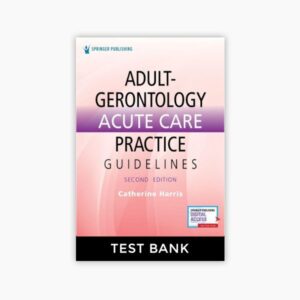
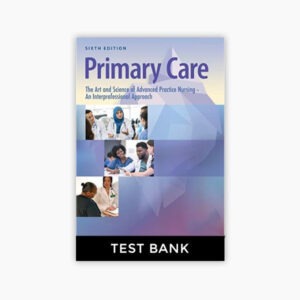
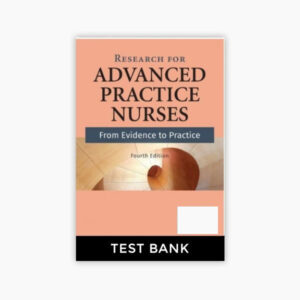
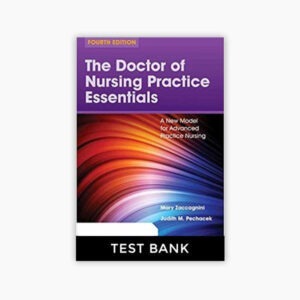
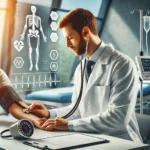
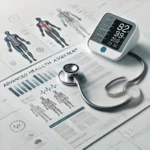
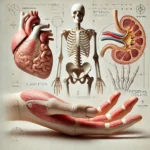




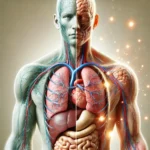


Reviews
There are no reviews yet.